-
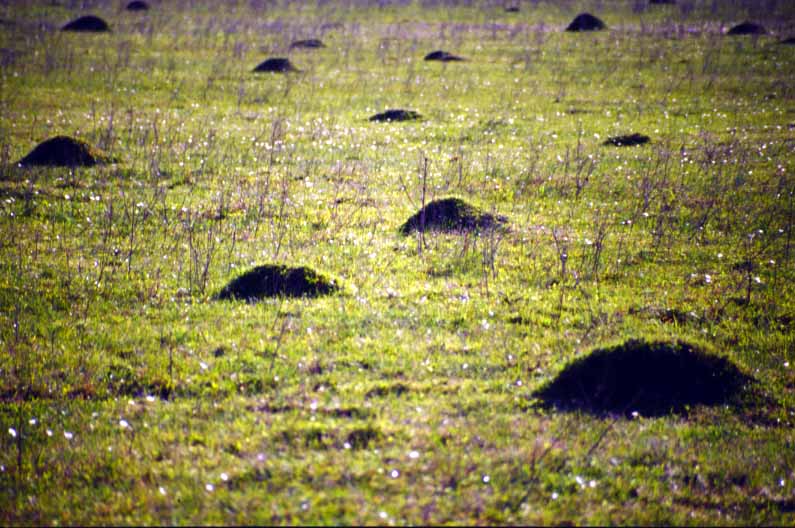
To be so tiny, ants can cause lots of turmoil in our hayfields and pastures including equipment damage, employee harm (i.e. loading square bales), and just plain aggravation. Many times we as livestock or hay producers have what we consider more pressing things to attend to: fertilizing, armyworm control, or everyday life. When we put…
-
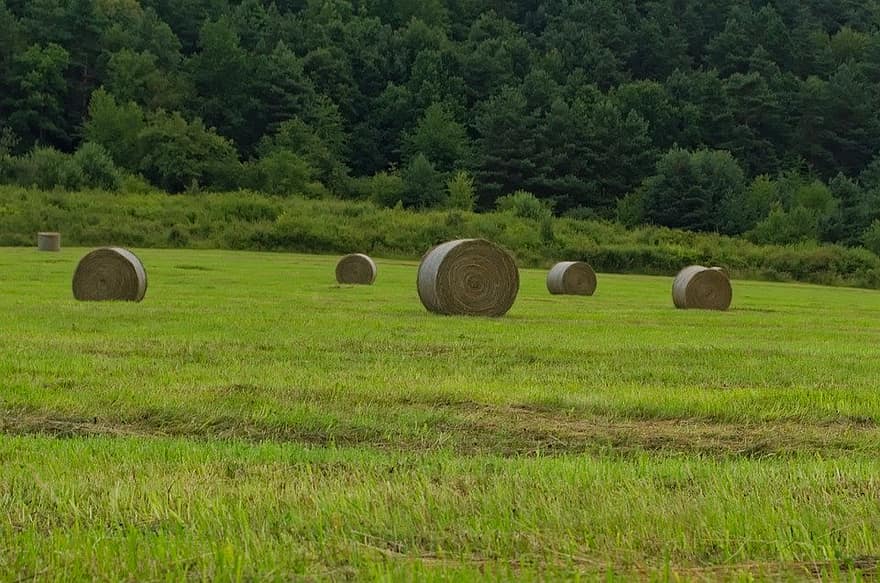
The late Alan Nation, longtime editor of ‘The Stockman Grass Farmer’ was fond of encouraging readers to identify any “unfair advantage” they had and to use that advantage to the fullest. Those advantages may be very specific to a particular operation or they may be more regional. In the Southeast, livestock producers can take advantage…
-

Hay is the most widely grown, mechanically-harvested agronomic crop in the United States. According to USDA, in 2019, the United States produced more than 57.7 million acres of forage crops harvested for hay. Annual production from this acreage is over 140 million tons of hay valued at more than 18 billion dollars. Stored feed, including…
-
It is a generally accepted fact that mineral supplementation is an important part of ruminant nutrition. Proper mineral and vitamin nutrition contribute to strong immune systems, reproductive performance, and weight gain. A properly balanced mineral program requires consideration of animal nutritional needs, forage/feed intake and its mineral concentration, and mineral supplement intake and its concentration.…
-
The process of preserving quality forage is an art. In this process there are factors that we cannot control, i.e. the weather, but the type of bale wrap we choose can be controlled. Many times, our choice of bale wrap comes from our personal preference or the machinery that is available. When bales are stored…
-
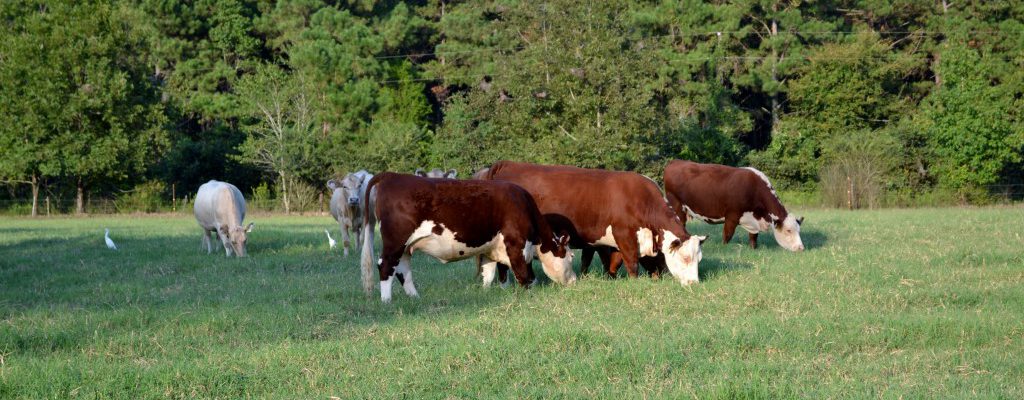
As agriculturalists, our main goal is to produce the best and most productive crop for the least amount of money. As a cattle producer, we often make decisions about our herd by selecting genetics from a wide variety of traits including weaning weights, birth weights, milk production, average daily gain, and more. These traits are…
-
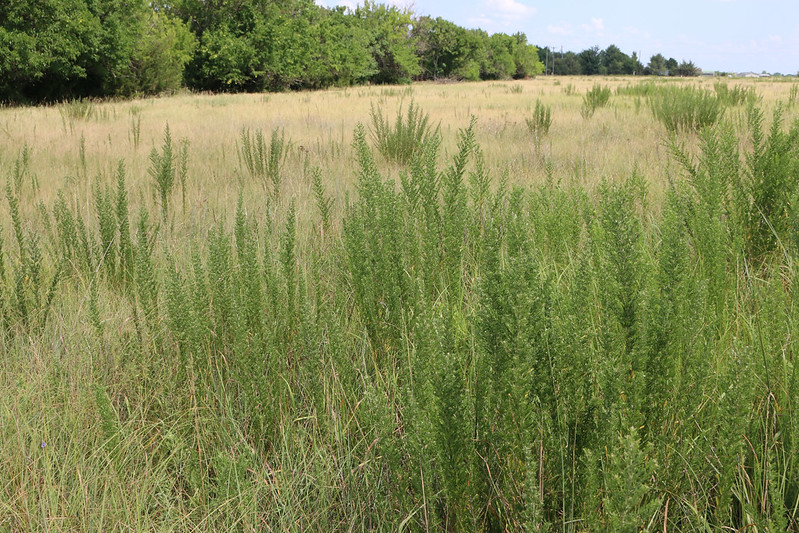
If you do a Google search for Sericea Lespedeza (Lespedeza cuneata), you will see results ranging from articles about controlling it as a weed, touting it as a highly invasive forb that creates a tremendous seed bank; to articles that praise its ability to help fight internal parasites in small ruminants. Determination of whether it…
-
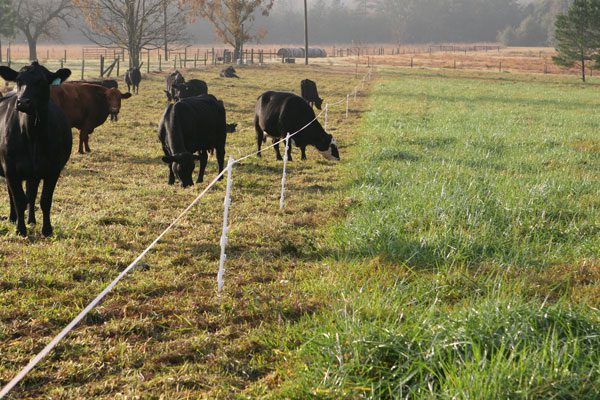
Calving percentage is widely recognized as the variable having the greatest impact on profitability of a cow-calf operation. Because expenditures for feed are so large, minimizing those costs is perhaps the next most important strategy to enhance profitability. Expenditures for hay or baleage and supplements usually represent the largest portion of the total feed budget. …
-
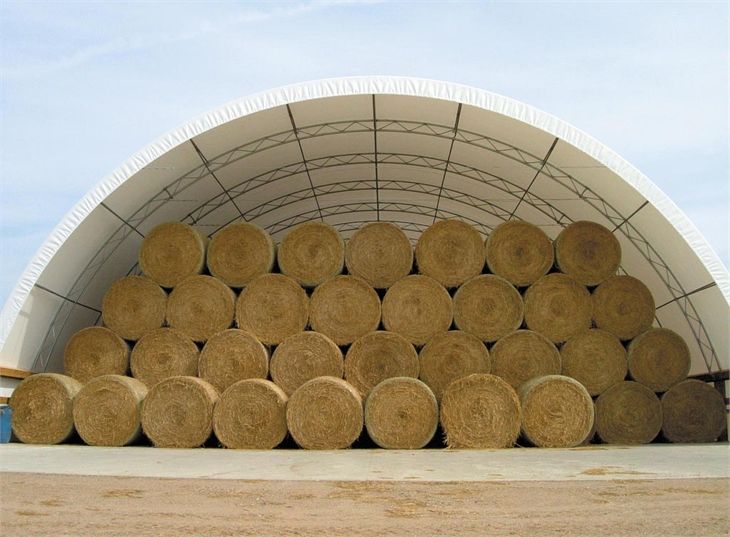
Did you know that according to research conducted by UGA, you can lose up to sixty percent of your hay by storing it uncovered outside? While choosing a site for your hay barns can be a challenge, these four main components can assist in making your decisions.
-
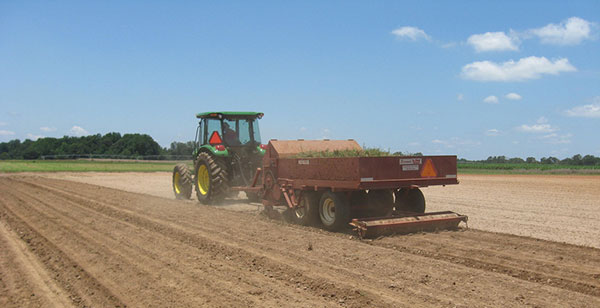
Forage establishment can be frustrating but can be successful if you have a plan. Forage establishment techniques can vary depending upon forage species, location, soil type, pasture situation and intended use. Good establishment techniques are essential to getting good high yielding forage stands. Let’s look at several reasons why producers can successfully establish forages.